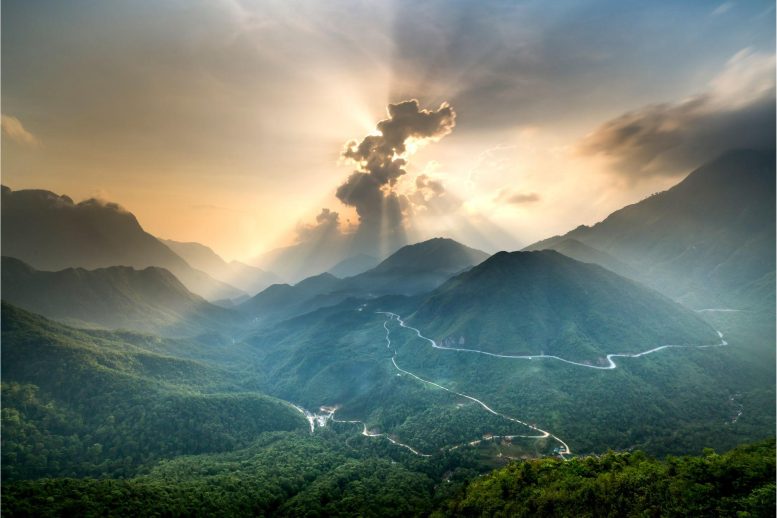
A new study suggests that the formation of mountains, particularly in subduction zones like southern Italy, might be significantly influenced by the descension of a tectonic plate through Earth’s mantle and its alteration of mantle flow, contrary to the traditional belief of crust crumpling and thickening, offering a more nuanced understanding of mountain building process.
New research led by Colorado State University indicates the answers to how and why mountains form are buried deeper than once thought.
“Mountain building is a fundamental process of how Earth behaves,” said Sean Gallen, lead author and CSU assistant professor of geosciences, “and this study suggests that we may not understand that as well as we thought we did.”
Gallen and his team generated new data sets and methodologies to utilize landscapes in reconstructing extensive histories of mountain buildings in Southern Italy. Their unique approach produced what Gallen describes as “confounding” results.
In subduction zones, like the one in Calabria in southern Italy, one tectonic plate dives beneath another plate. Mountains in these settings are believed to have formed through the crumpling and thickening of Earth’s crust.
The team combined measurements that recorded geologically short and long timescales, from thousands of years to tens of millions of years. Like a “geologic tape recorder” of the tectonic history, the landscape filled in the rest.
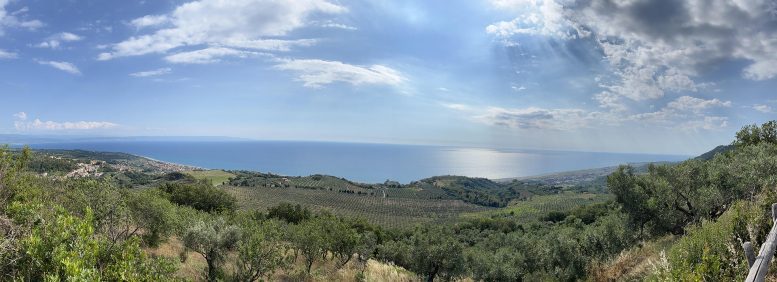
Calabrian landscape overlooking the Tyrrhenian Sea with a marine terrace in the foreground (flat area). Credit: Sean Gallen
“In southern Italy, the landscape actually is the bridge between these different methods that we typically use,” Gallen said.
The flat, high-elevation patches of the landscape along the “toe” of the Italian peninsula represent a time when mountain formation was slow, and a steep transition below marks a rapid acceleration. These clues in the landscape allowed the researchers to produce a long-term, continuous record of rock uplift, the longest and most complete record of its kind.
“We would expect to see a correlation between the rate at which the plate is diving down beneath the other plate through time and our rock uplift history, and we don’t see that,” Gallen said.
Crumpling and thickening of the crust appear to be secondary to another process in the formation of the Calabrian mountains. Data points to descension of the lower plate through the Earth’s mantle and its alteration of the mantle flow field as the primary factor controlling rock uplift.
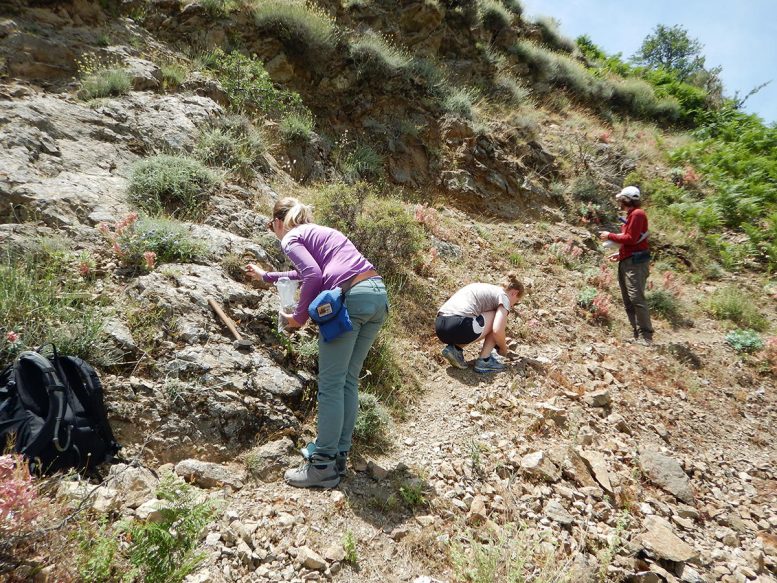
CSU graduate students sample bedrock for thermochronology in Calabria, Italy. From left, Nikki Seymour, second author on the study, Johanna Eidmann and Eyal Marder. Credit: Sean Gallen
“The results suggest that the typical way we view mountain building doesn’t hold for southern Italy,” Gallen said. “It appears to be controlled by things that are much deeper within the Earth system. This behavior has been seen in models but never in nature. This is the first time we think we’ve observed it.”
Gallen cautioned that more data is needed to confirm whether their interpretation is correct, but it is backed by existing numerical models. Scientists have previously connected mountain height to tectonic plate interactions within Earth’s plastically flowing mantle, but this research indicates for the first time that this mechanism is the dominant force in mountain building in subduction zones.
“The records we have produced imply that deep earth signals appear to dominate what’s happening at the surface,” Gallen said. “I’ve been working in the Mediterranean for 15 years, and this result has profoundly changed the way I think about these subduction zones.”

Calabrian landscape overlooking the Tyrrhenian Sea with a marine terrace in the foreground (flat area). Credit: Sean Gallen
Transformative, transparent research
The new techniques developed for this study offer a breakthrough in constructing long-term rock uplift histories.
The team created a unified framework based on a collection of standard geomorphology measurements – thermochronology, cosmogenic nuclides, bedrock river profiles, and the record of past sea levels found in marine terraces. The novel approach goes back further in time than other methods and uses different data sets to constrain modeling in a unique way.
The method is best applied to active systems, where the modern landscape offers clues to its history. The further back in geologic time a system was active, the harder it is to reconstruct its history with confidence.
Software developed for the study, published in Nature Geoscience, is freely available for other researchers to use. Gallen hopes the new techniques will stimulate research and discoveries in other areas.
Reference: “Calabrian forearc uplift paced by slab–mantle interactions during subduction retreat” by Sean F. Gallen, Nikki M. Seymour, Christoph Glotzbach, Daniel F. Stockli and Paul O’Sullivan, 1 June 2023, Nature Geoscience.
DOI: 10.1038/s41561-023-01185-4
The study was funded by the National Science Foundation.

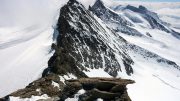
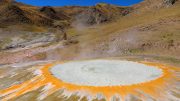
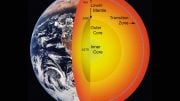
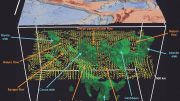
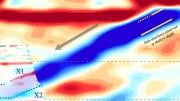
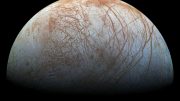
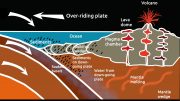
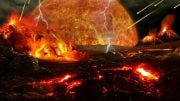
Hm. We have been teaching in 6th grade earth science (for at least 12years) that volcanic mountain ranges form near subduction zones due to magma flow heat and oceanic steam manipulating crust formation. Thanks for the confirmation.
Wait, so you are saying Professor Gallen DID survive the attack by the Cardassians??!
I would expect nothing less from the most renowned Federation archaeologist of the 24th century.
“’The results suggest that the typical way we view mountain building doesn’t hold for southern Italy,’ Gallen said. ‘It appears to be controlled by things that are much deeper within the Earth system. This behavior has been seen in models but never in nature. This is the first time we think we’ve observed it.’ Gallen cautioned that more data is needed to confirm whether their interpretation is correct, but it is backed by existing numerical models.”
This is the kind of humility that is usually missing in published work by climatologists.
“Groundbreaking study”
Nice
Crumpling. Mantle Flow. I fail to see the ultimate fundamental difference other than time. One plate dives and the other ascends. That’s the way it has always been and the way it will always be….
Unless…you’re on Mars and then a large chunk of what’s left of the planetoid that used to exist between Mars and Jupiter slammed into one side of Mars and created the Valles Marineris Canyon while a monumentally massive volcanic mountain (Syrtis Major Planum) formed on the other side, sending what was left of the Martian atmosphere flying and the magnetosphere altered drastically so it’s uneven.
I mean this is obvious looking at a Martian map, its captured moons and the asteroid belt yet scientists never seem to quite make the connection, a new study mentioning the oddly non-symmetrical magnetic field still present on Mars. It’s not that it didn’t have any metal core at all. Based on measurements, it clearly did/does. It’s that a big chunk of non-metal from that planetoid disrupted it into an uneven mess, probably further disrupting what was left of the atmosphere.
Some myths suggest that theoretical planetoid was destroyed in an ancient space war, not through gravitational tidal forces and that life on Earth may actually have been kick started from ancient Mars, either through ejected material or more wildly speculative, surviving Martians that are the “missing link” to modern humans who are hybrids of both species, but that is mere speculation that someone named Giorgio would likely approve.
In the book of Genesis we read of the Great Flood and how mountains not seen before came up from the rain waters.
I’m sure there’s more than one way to make a mountain. What about molehills?
It’s funny if you read old geology books, 150 years old and even 100 it’s all chaotic nonsense that doesn’t make any sense. What we have today is the same nonsense but most of us don’t know that it’s nonsense so we believe it every once in a while, the scientist figure it out that their theories are completely wrong, and have to change them, and they get replaced with other theories, which will later be found out to be wrong, the idea that this is anything like chemistry is a preposterous proposition. Get all the junk theorizing is put under the same header of science. You’ll notice in Internet land as of late from Joe Rogan too. It’s less popular recesses that you’re hearing stories about how Adam and Eve were real and there was a super catastrophe that happened 6000 years ago and wiped out the human race, leaving only Adam and Eve. They are doing this for two reasons. One you can use there are genetic timestamps within the genome that they have discovered, and so we know that the DNA of mankind is only a certain age, and that it will wear out in a relatively small amount of time which destroys the idea of millions of years of evolution, probably destroys the idea of hundreds of thousands of years of human habitation. So the catastrophe 6000 years ago is trying to undermine the biblical argument of a 6000 year old creation because the DNA backs that up. To they want you to get ready for a catastrophe because in the book of revelation, there are a bunch of catastrophes that happened and they want you to definitely not believe that this is indicative of Christ second coming as it starts happening.
Plate tectonics layers or folds form mountains in billions of years, started during geological formation of Earth. Evolution of life started trillions of years after the formation of solar system, so every planet has its own geological and biological (if supported) formation history. Volcanoes aren’t mountains, which may be more solid, but gradual disintegration may affect their structure or strength over time just like mountains.